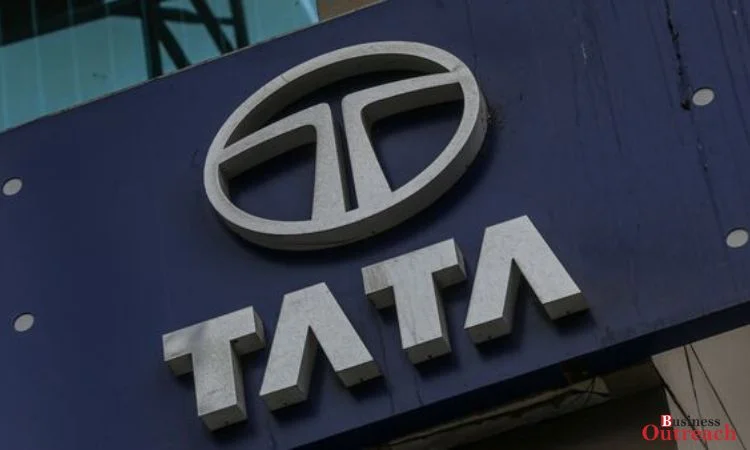While Tata Motors delivered a stellar performance in the fourth quarter, reporting surges in both profit and revenue, its share price took an unexpected tumble on the day of results. On the surface, this share price behavior seemed at odds with the company’s strong earnings. However, a deeper analysis reveals there were valid reasons for investor caution despite the positive numbers.

Tata Motors has seen a remarkable turnaround in recent years led by its subsidiary Jaguar Land Rover returning to profitability. Its India business has also gained momentum on the back of new product launches. In Q4, consolidated net profit jumped a whopping 222% to Rs. 17,407 crore while revenues grew 13%. Free cash flow was also significantly higher.
However, several brokerages pointed out that much of the growth was likely pulled forward due to pent-up demand and favorable macro factors. Going forward, demand headwinds are expected as interest rates rise and inflation eats into discretionary spending. JLR’s order book saw a small decline indicating demand may be slowing. The commercial vehicles segment in India is also seeing moderation after a multi-year upcycle.
Another concern is maintaining the margin expansion seen in Q4. JLR has ambitious electrification targets which will require heavy investments just as subsidies are phased out. Cost inflation remains high and may crimp margins. The India business also saw some moderation in volumes in key segments like commercial vehicles despite the overall growth.
Brokers felt the current valuation of 6 times EV/EBITDA already priced in much of the growth. Downgrades to ‘Neutral’ reflected the view that the large gains were now behind and near-term risks were not being accounted for. The looming slowdown in key markets like China is a major threat.
While Tata Motors’ long-term story remains intact, investors locked in some profits and exercised caution given uncertainties in the operating environment. The share price correction was thus not a vote against the company’s capabilities but a rational assessment of the challenges that lie ahead in sustaining the recent momentum. In times of economic turbulence, the market tends to be less forgiving of even minor misses in expectations.
For Tata Motors, the focus shifts to the second half of FY25 where new product launches and cost optimization drives will be crucial. Successfully navigating the evolving demand and cost scenarios across geographies will be important to regain investor confidence. If it can demonstrate resilience through the cycles, the long-term uptrend in its business transformation could still see the shares head higher from here.















